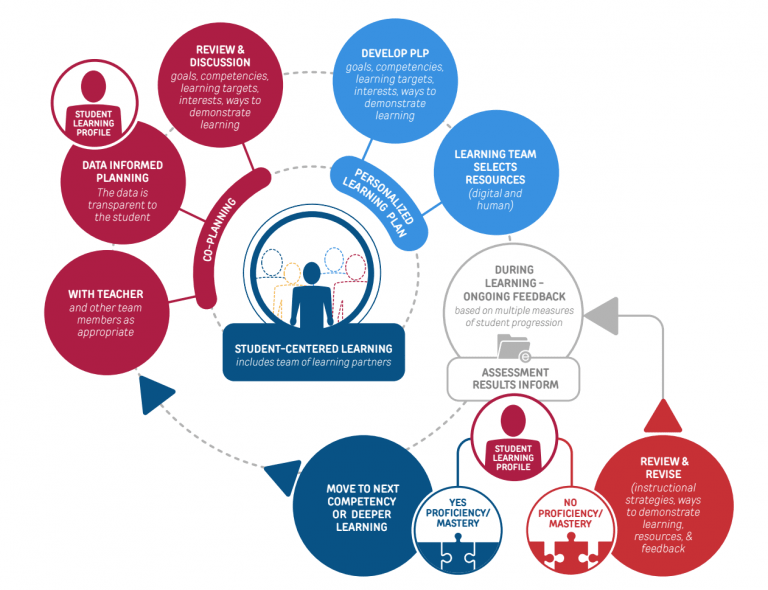The world famous English Novelist and short story writer, E.M. Forster once said, “Spoon feeding in the long run teaches us nothing but the shape of the spoon.”
This was mainly in the context of traditional form of education because in such a time, teachers would normally feed students with facts and knowledge. Students in return would simply cram those facts, mathematics formulas, theories and doctrines without questioning or having any practical exposure. This was a pattern followed for a long time and did not seem flawed until the setting in of 21’st century.
Today, the emphasis is to encourage students to have self-education and one that grows with experience. So the more students are encouraged to learn through hands-on-activities along with theoretical knowledge, the better it is for them because then, retention rate soars up and students know, when they can apply that knowledge in the practical life.
From what used to be a convergent teaching approach in the past, today the emphasis is more on open ended self-directed learning or divergent teaching because the world is changing at a drastic pace and any strategy for change must contend with diverse factors affecting the education system.
In the convergent approach, the focus is on applying approaches that converge towards the teaching of specified subject matter. It is a highly structured and teacher centered approach where students are merely passive recipient of knowledge transmitted to them and learning achievements are measured by standardized tests. On the contrary, the focus in a divergent approach is flexible, student centered, where the students are active participants in the learning process and learning achievements are assessed by a variety of evaluation tools such like- self-evaluation in parallel to teacher evaluation.
The term student centered learning refers to a wide variety of educational programs, learning experiences, instructional approaches and academic support strategies intends to address the distinct learning needs, interests, aspirations or cultural backgrounds of individual students and groups of students.
How are Educational Goals Achieved in Student Centered Learning?
In order to accomplish educational goals- schools, teachers, guidance counselors and other educational specialists may employ a wide variety of educational methods, from modifying assignments and instructional strategies in the classroom to entirely redesigning the ways in which students are grouped and taught in a school. The diagrammatic representation given below, will give you a clear understanding of the instructional cycle for student centered learning.
The image first appeared, here
In the current scenario, teachers support students in their endeavor to get information through research and not give them that information directly. Student centered instruction is to engender active learning by using methods such as cooperative learning, open ended assignments, critical thinking exercises, simulation and problem solving activities.
By giving students, responsibility and independence, through student centered instructional approach, it helps to develop characteristics of lifelong learner- motivation, self-evaluation, time management and skills to access information.
Cooperative learning is now the new norm for classroom instruction. it is also an instructional paradigm in which teams of students work on structural tasks (e.g., homework assignments, laboratory experiments, or design projects) under important conditions which qualify criterions such as- positive interdependence, individual accountability, face-to-face interaction, appropriate use of Collaborative skills and regular self-assessment of team functioning.
Advocates of student-centered learning want to challenge or overturn many common organizational or instructional tendencies in schools by making student learning the primary objective-i.e, all considerations that do not in any way improve or facilitate student learning would become secondary (or lower) in importance. The basic rationale is that schools should be designed to enhance student learning, not improve organizational efficiency.
Teacher Centered Learning V/s Student Centered Learning
The image first appeared, here
In classes where teacher centered learning is widely practiced, the teacher tends to be the most active person in the room and do most of the talking (eg, lecturing, demonstrating concepts, reading aloud or issuing instructions), while most of the students spend their time sitting in desks listening, taking notes, giving brief answers to questions that teacher asks or completing assignments and tests.
Most importantly, in a teacher centered classroom, teachers may also decide to teach students in ways that are easy, familiar or personally preferred but that might not work well for some students or use instructional techniques shown to be most effective for improving learning.
In stark contrast, in a student centered classroom, teachers form instruction that for example give students opportunities to lead learning activities, participate more actively in discussions, design their own learning projects, explore topics that interest them and generally contribute to the design of their own course of study.
Student centered instruction is associated with classrooms that feature desks arranged in circles or small groups (rather than rows of desks that face the teacher) with self-guided or self-paced learning or with learning experiences that occur outside of traditional classroom settings. It demands the combination of understanding of those differences and empowering students to play a greater, sometimes primary, role in decisions along the way.
And, going by research, it has been found that the new approach to learning has significantly helped in lifting up the success rate of under-served kids. Read on the complete report of the research finding, by clicking here.
So, what are your views on going with a new form of learning approach i.e. student centered learning? Do you see it revolutionizing the paradigm of education for a better future?
